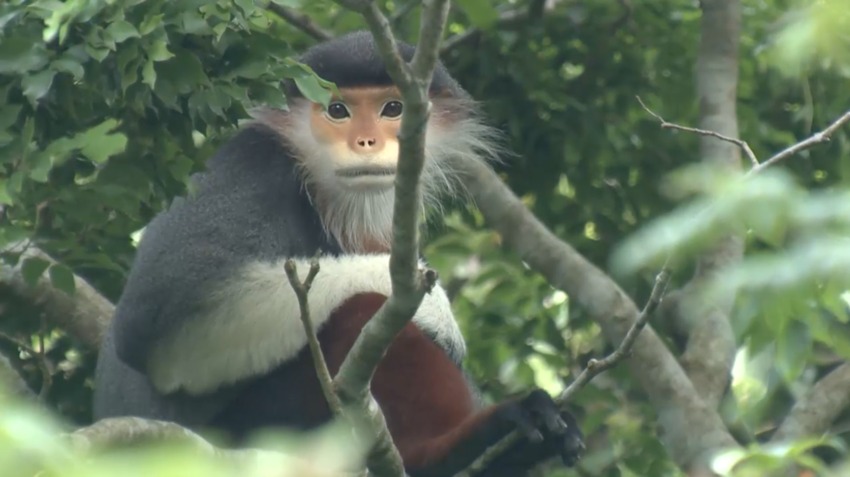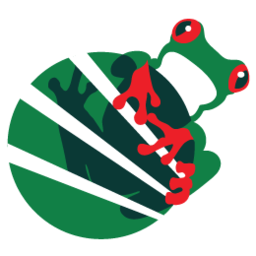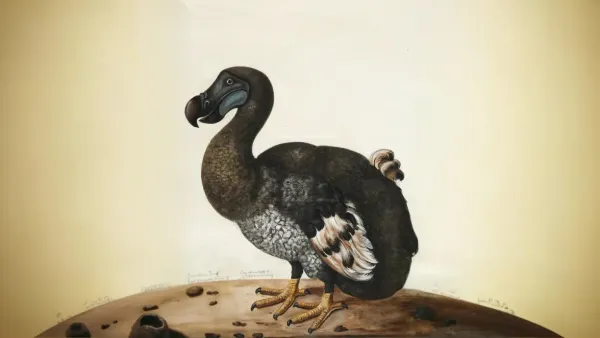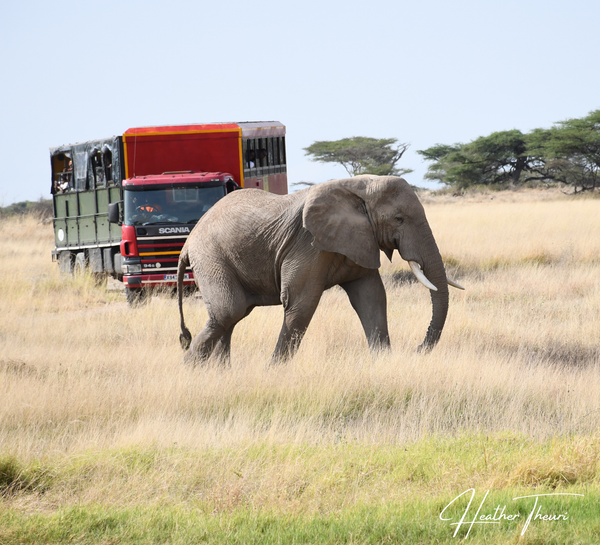Red Shanked Douc

In the lush canopies of Southeast Asia's forests, a vibrant primate swings gracefully, clad in a mosaic of colors that would make any artist envious. Meet the red-shanked douc langur (Pygathrix nemaeus), often hailed as the "costumed ape" for its striking appearance. This monkey isn't just rare—it's a living masterpiece, a creature so uniquely beautiful that it seems straight out of a painter's wildest dreams.
The red-shanked douc is a visual spectacle. Its legs are cloaked in a rich, reddish-brown hue that sharply contrasts with its creamy yellow-orange face, framed by elegant white whiskers. Its forearms are dressed in crisp white, while a distinctive white triangle sits at the base of its long, balancing tail. With a body length of about 60 centimeters and a tail that can extend up to 75 centimeters, this primate is as graceful as it is colorful. Every inch of it looks like nature had a little too much fun with a paintbrush.
These monkeys are true acrobats of the treetops, living their entire lives high above the forest floor. They leap from branch to branch with effortless agility, barely ever touching the ground. At dusk, they seek out the tallest trees with dense canopies, where they settle in for the night, safe from ground-dwelling predators. If you ever find yourself wandering through their forest home, don’t expect them to greet you at eye level—these introverts prefer the high life, literally.
When it comes to food, the red-shanked douc is a refined eater. It dines primarily on young, tender leaves but won’t say no to a mix of flowers, fruits, buds, and seeds. What makes them exceptional is their multi-chambered stomach, which allows them to break down tough, fibrous plants with the efficiency of a high-tech composting system. Essentially, they’re nature’s own little fermentation tanks, digesting what most other animals would struggle with.
Life in a douc community is as social as it is structured. These primates live in groups ranging from small families to larger troops of up to 35 members. They communicate through a series of soft calls, facial expressions, and body language. When it's time to welcome a new member, the group rallies around the expecting mother. The breeding season typically runs from February to June, with females giving birth to a single baby after a 210-day pregnancy. One particularly fascinating fact? Newborn doucs are often seen grasping their mother’s fur to aid in their own delivery. Talk about a head start in life!
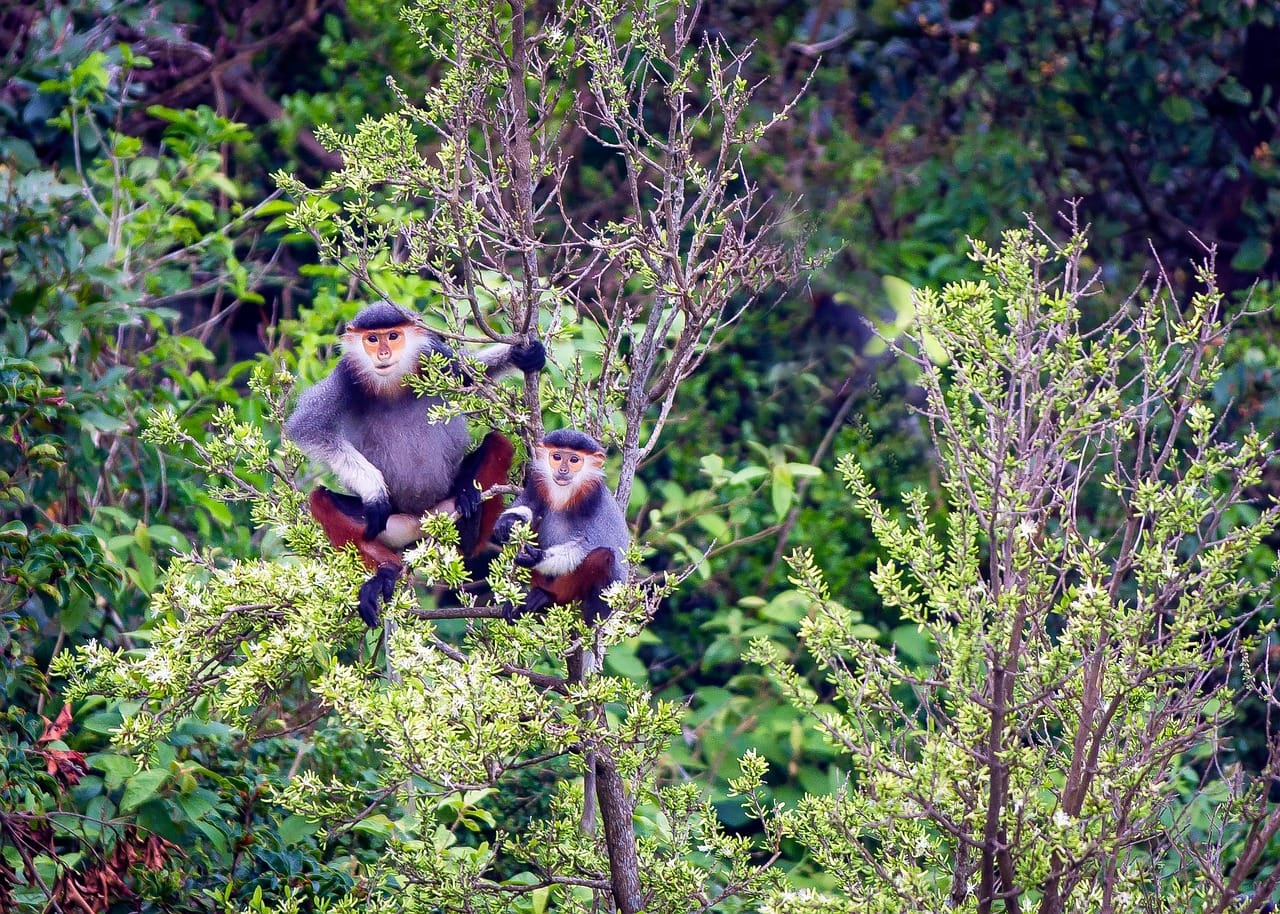
But for all their beauty and charm, red-shanked doucs are facing an uncertain future. Their biggest threats come from habitat destruction, logging, and the expansion of agriculture. Poaching is another major issue, as these stunning primates are hunted for bushmeat, traditional medicine, and even the illegal pet trade. Unlike other monkeys that flee when danger lurks, doucs have an unfortunate tendency to freeze in place when frightened—an instinct that makes them easy targets for hunters. Even though conservation laws exist in countries like Vietnam and Laos, enforcement remains inconsistent, leaving these creatures vulnerable.
Despite these challenges, conservationists are fighting to protect the red-shanked douc. Organizations like the World Land Trust are working tirelessly to preserve their habitat and strengthen anti-poaching efforts. Protecting these primates isn’t just about saving a rare and beautiful species, it’s about maintaining the delicate balance of the forests they call home. Every creature plays a role in the ecosystem, and losing the doucs would mean losing a vital piece of this intricate puzzle.
The red-shanked douc langur isn’t just another monkey; it’s a testament to nature’s artistry and resilience. Their very existence reminds us of the importance of conservation and the need to protect the wild wonders of our planet. So, the next time you see a breathtaking sunset or a splash of vibrant colors in nature, think of the douc—one of the most dazzling, yet underappreciated, gems of the animal kingdom.
Sincerely,
Blue 💙
Sources:
+OK. (2025, February 11). Red-Shanked Douc Langur, Pygathrix nemaeus - New England Primate Conservancy. New England Primate Conservancy - Committed to Leaving a Legacy of Hope and Tools to Build a Better Tomorrow for All the Earth’s Citizens. https://neprimateconservancy.org/red-shanked-douc-langur/
